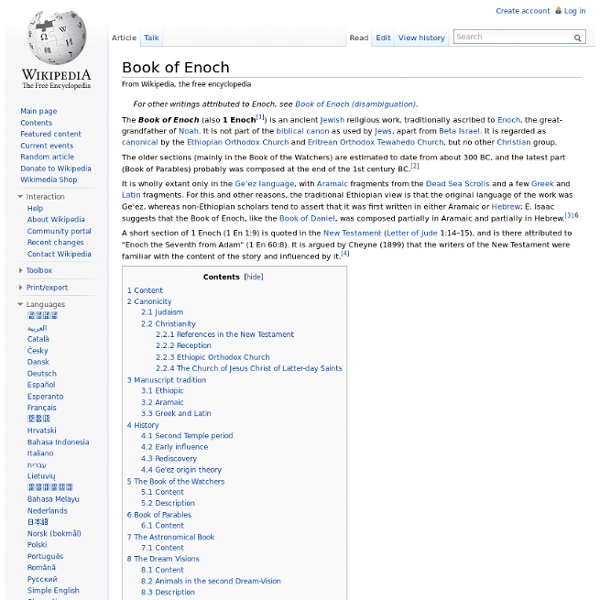Archangel Metatron (The Highest Archangel)
In the world of Jewish mystics, came to hold the rank of the highest of the angels despite his not being mentioned in the Scriptures. The meaning of his name has never been satisfactorily explained although one interpretation of it is "one who occupies the throne next to the Divine throne." It could also be derived from the Latin 'metator', a guide or measurer. In a number of traditional sources, Metatron is said to have been the prophet Enoch, who was taken up to Heaven and transformed into an angel of fire, with thirty-six pairs of wings, to continue his days as a celestial scribe. Metatron has also been identified as the Liberating Angel and the one who wrestled with Jacob; the one who stayed Abraham's hand from sacrificing his son Isaac; and the one who led the Hebrews through the forty years in the wilderness. In certain schools of mysticism, Metatron, said to be the tallest of all the heavenly beings (13 to 18 feet), became known as Lesser YHWH.
Archangel Metatron and Archeia Sophia, Lady Constance.
This page brings you information we have researched, channelled and compiled about Archaeon Metatron. PLEASE NOTE: We have copyrighted all material that we have created and channelled on this site - which is ALL of it, unless alternate credit is shown. You may freely use any of it for private or personal use ONLY, but we ask that if you wish to use ANY of our material, including pictures, for publication or reproduction in ANY other shape or form, including using ALL OR ANY PARTS OF IT on other internet pages or sites, that you contact us for permission; credit this site as the source of your information and create a web link back to our site that links directly back to the page from which you took the material. We are happy to share our work, but dislike the very rude practice some people have of using material without due credit to its originators, who probably spent a great deal of time and effort to write it in the first place! I have now written and published my first book.
The Book of Enoch Index
Contents Start Reading Page Index Text [Zipped] The Book of Enoch, written during the second century B.C.E., is one of the most important non-canonical apocryphal works, and probably had a huge influence on early Christian, particularly Gnostic, beliefs. Filled with hallucinatory visions of heaven and hell, angels and devils, Enoch introduced concepts such as fallen angels, the appearance of a Messiah, Resurrection, a Final Judgement, and a Heavenly Kingdom on Earth. Interspersed with this material are quasi-scientific digressions on calendrical systems, geography, cosmology, astronomy, and meteorology. This etext has been prepared specially for sacred-texts, and is a great improvement over other versions on the Internet, with the introduction, correct verse numbering, page numbers from the 1917 edition, and intact critical apparatus. Title Page Editors' Preface Introduction Abbreviations, Brackets and Symbols Specially Used in the Translation of 1 Enoch The Book of Enoch The Parables



